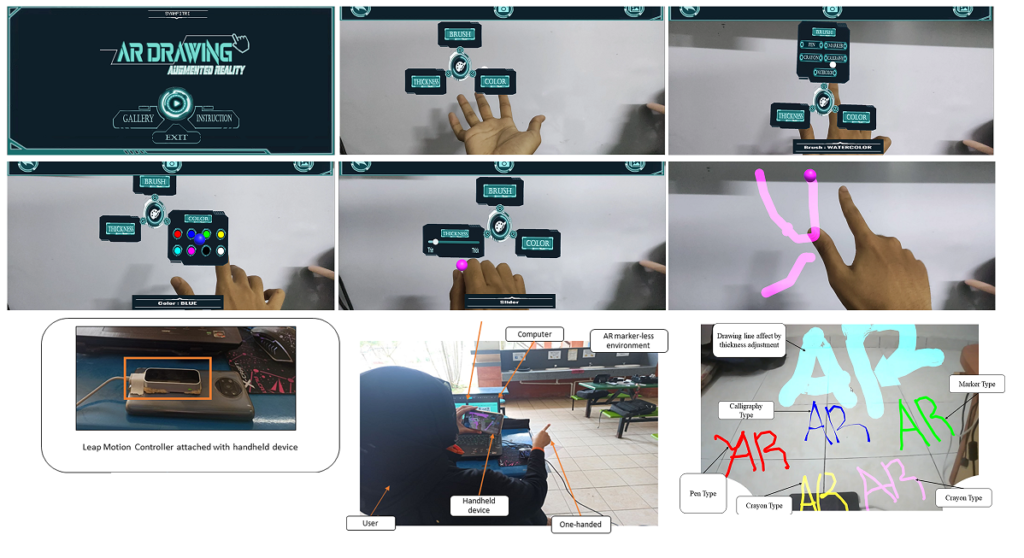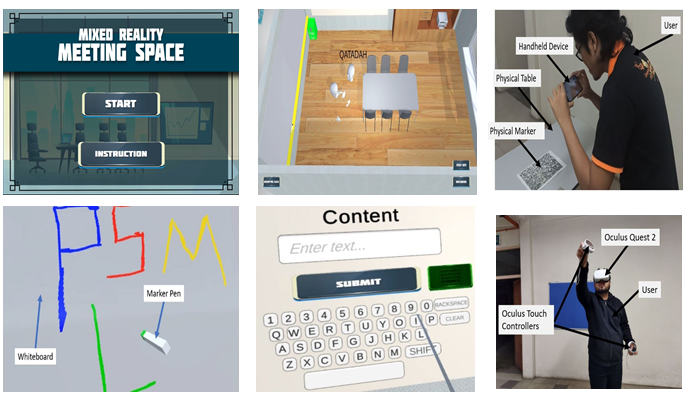Augmented Reality (AR) is a technology that can combine real and virtual objects. Interaction is essential in AR, allowing the user to interact with a virtual object in the natural environment. There is various type of gesture interaction that can be applied in AR. Drawing space can also be related to AR technology with the use of provided gesture interaction. The use of gesture interaction in drawing space has become a popular topic among researchers to apply this concept to AR technology by using bare hands to interact directly with AR. However, the visual and spatial complexity of the canvas requires rethinking how to develop a real-time drawing canvas for AR using real hand gestures on a handheld device. The compatibility to convert from traditional drawing into digital drawing space and the use of hand gestures as input is challenging. Therefore, this paper will discuss the designing and development process to actualize the real-time drawing in handheld AR using the user’s real hand.
Read more : https://ieeexplore.ieee.org/abstract/document/9666439




